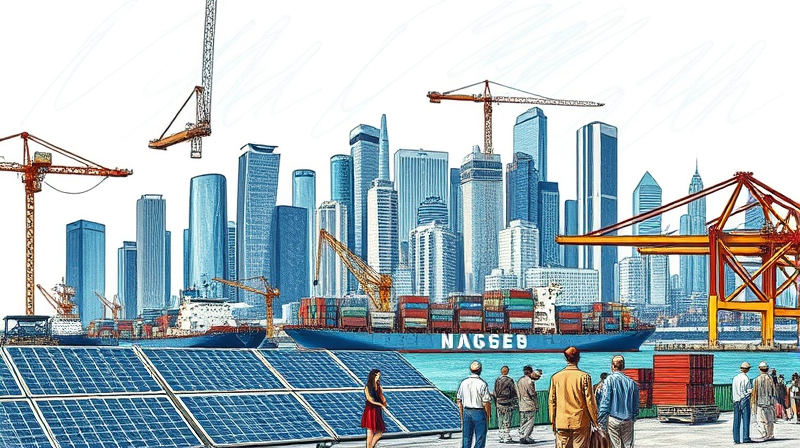
The mergers and acquisitions (M&A) arena is in the midst of a profound transformation. As the world emerges from the pandemic’s shadow, dealmakers face a unique combination of opportunities and hurdles. The period between 2024 and 2025 has seen both monumental transactions and record low deal counts, highlighting a market defined by scale, selectivity, and innovation.
With a global deal value surging to $3.4 trillion in 2024, the M&A landscape is witnessing larger, more targeted transactions. Yet, the number of deals remains below historical peaks, signaling a shift from volume to value. In this environment, strategic foresight, technological tools, and risk mitigation have become indispensable.
After a record-breaking 2024, the first half of 2025 recorded $1.1 trillion in deal value, a modest 2% decline from the previous half-year. While the dollar figures impress, deal count dropped by 19% in Q1 2025, with just 3,208 deals in February—the lowest monthly tally in four years.
Despite fewer transactions, large-value deals have gained ground: transactions over $1 billion rose by 17% year-over-year, and those exceeding $2 billion increased by 20% in 2024. This trend underscores the market’s shift toward mega-deals and cross-border consolidation, where scale and strategic fit trump sheer volume.
The Americas, led by the United States, dominate global M&A activity. In H1 2025, North America accounted for roughly 62% of deal value, ranging from $685 to $724 billion. Europe and Asia-Pacific, by contrast, have seen declines of 14% and 43% respectively, weighed down by regulatory scrutiny and geopolitical tensions.
These regional dynamics demand tailored approaches. In North America, dealmakers capitalize on favorable monetary policy and digital transformation. European players must navigate stringent antitrust review, while Asia-Pacific strategists calibrate for geopolitical risk and local economic volatility.
The drive behind today’s M&A activity spans macroeconomic factors to sector-specific catalysts. Central banks are easing policy even as long-term rates remain elevated, creating a complex refinancing environment. Companies seek resilience against supply chain disruptions, pursue economies of scale, and diversify through strategic convergence.
Industrials and energy deals rose by 62% and 54% respectively in H1 2025, while consumer and materials sectors contracted by around 50%. This realignment showcases where capital seeks growth and stability.
Regulatory landscapes vary significantly. In the U.S., a comparatively lighter antitrust touch has spurred megadeals, though scrutiny on tech giants remains intense. Europe’s cautious stance has dampened deal flow, and Asia-Pacific uncertainty—from trade wars to elections—continues to affect cross-border transactions.
High interest rates, while easing, still pose financing challenges. Deal teams must adapt to a “higher for longer” cost of capital, employing creative structures and risk-adjusted returns to justify acquisitions.
Technology is not only a sector but a strategic enabler across all M&A activities. AI-driven analytics streamline due diligence, model risk, and enhance integration planning. Companies acquiring generative AI capabilities position themselves for competitive edge in deal sourcing and value capture.
Environmental, social, and governance considerations have moved from checkbox to board-level priority. Transparent ESG strategies are essential for attracting institutional investors and navigating cross-border scrutiny.
Private equity firms account for roughly 30% of expected M&A activity in 2025. However, regional disparities persist: EMEA PE deal value halved from $483 billion in 2021 to $243 billion in 2024. Sponsors increasingly target technology and energy sectors, deploying creative financing and staging growth investments to manage risk in uncertain markets.
By focusing on value-oriented deals and partnership models, financial sponsors aim to unlock operational efficiencies and strategic synergies throughout the acquisition lifecycle.
CEOs and deal teams are gearing up for a “stable growth” phase in M&A, prioritizing selective, high-impact transactions over volume. Key strategic recommendations include:
Industrial and energy M&A will remain robust, driven by megatrends like renewable transition and infrastructure modernization. Meanwhile, consumer and materials sectors will demand innovative repositioning to appeal to value-conscious investors.
As the market recalibrates in a post-pandemic world, successful dealmakers will be those who combine strategic vision with operational agility, leveraging technology and ESG principles to craft transactions that deliver sustainable value. The era of shifting market landscapes calls for bold creativity and disciplined execution.
References













